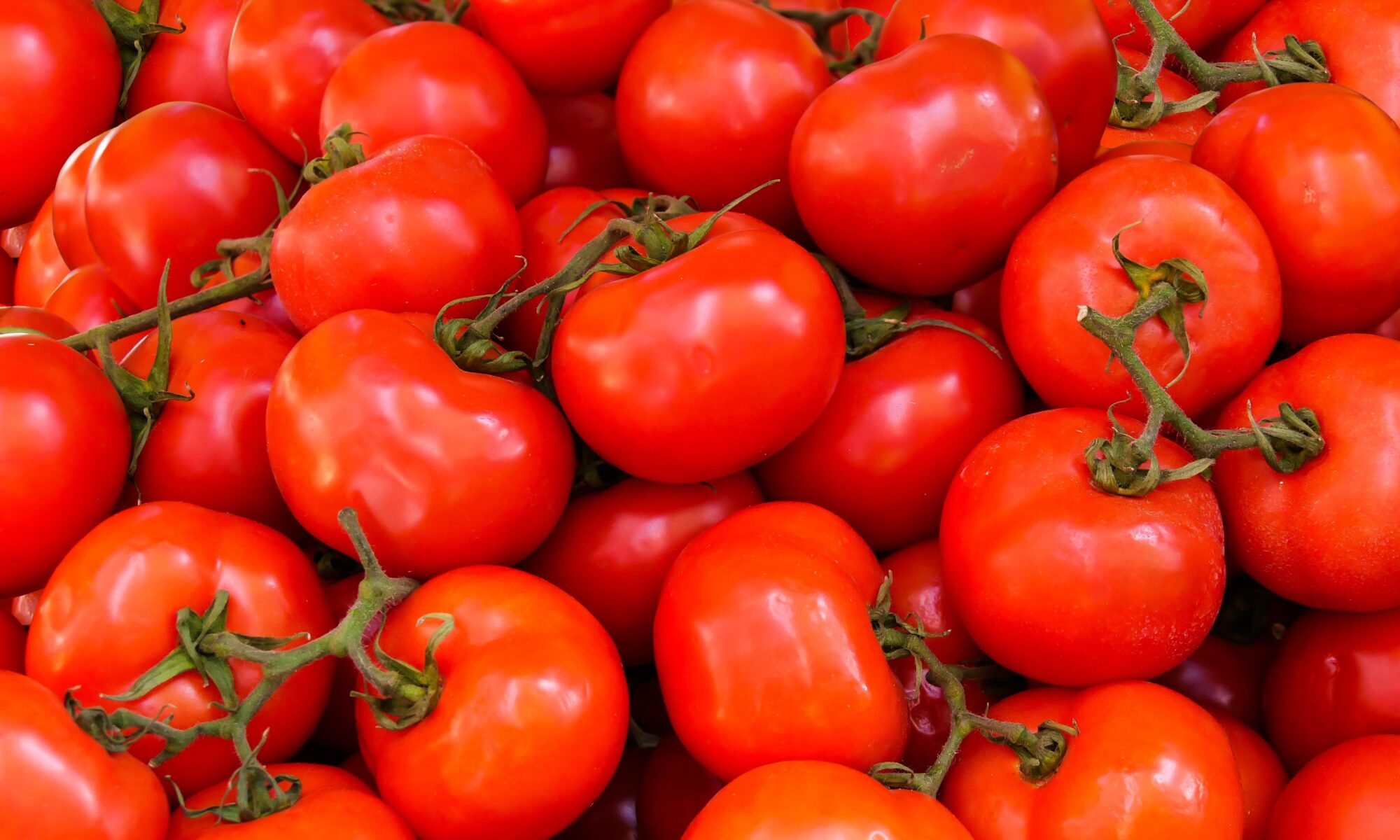Lycopene is an amazing antioxidant related to vitamin A. This natural compound is what gives some fruits and veggies their pink or red color. Some studies suggest that lycopene can have powerful protective effects on the body:
- Lowering bad cholesterol levels
- Keeping blood vessels flexible and healthy
- Helping you avoid heart disease
- Reducing the risk of lung and prostate cancer
- Slowing the growth of breast cancers
- Delaying the development of cataracts
- Keeping your eyes healthy as you age
- Helping prevent Alzheimer’s disease and memory loss
OK, so you're convinced. But where can you find this perfect pink superstar?
1. Tomatoes
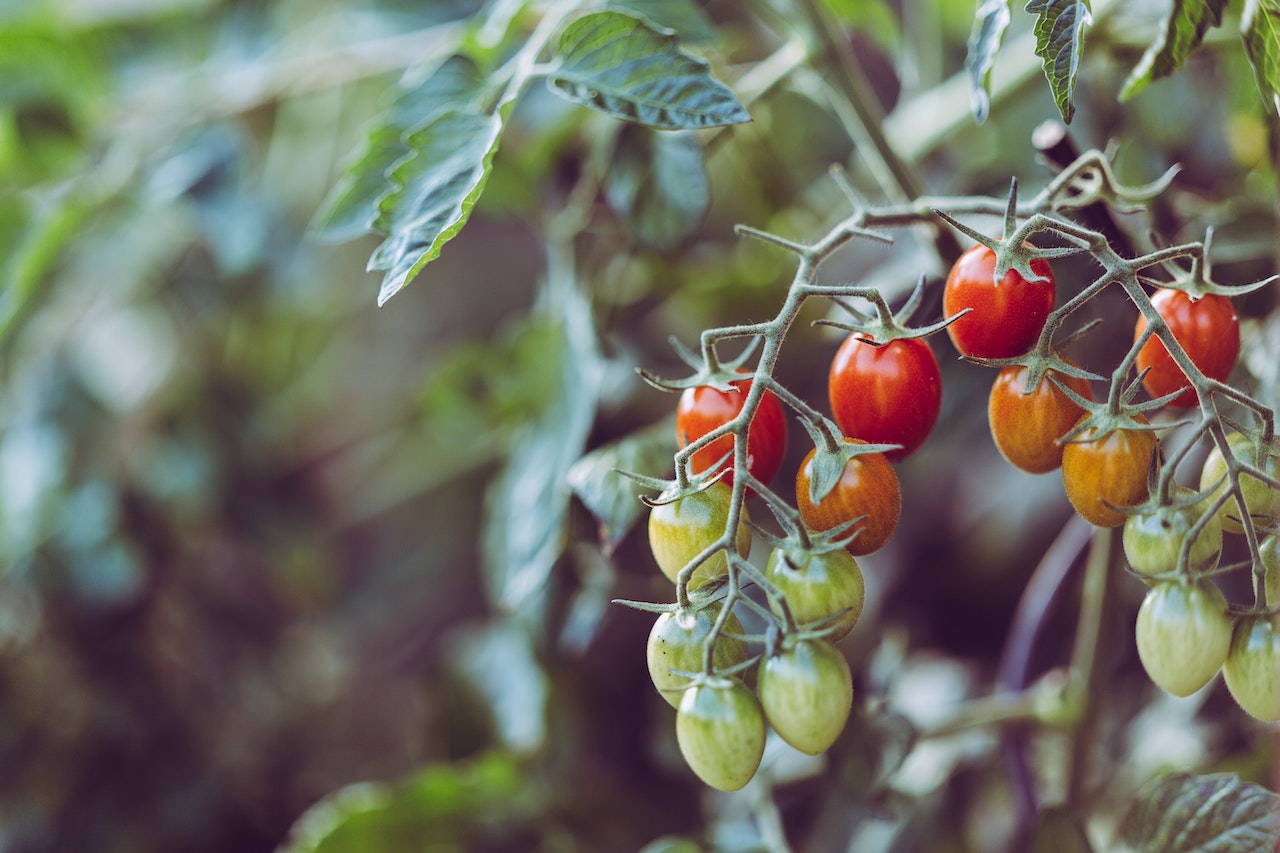
A diet with abundant tomatoes is guaranteed to be rich in lycopene. You can enjoy countless different varieties, including melt-in-your-mouth cherry tomatoes and tangy Roma tomatoes. Here are a few fun facts to maximize the lycopene in tomatoes:
- Cooked tomatoes have more lycopene than fresh.
- Sun-dried tomatoes are packed with lycopene.
- The amount of lycopene increases as tomatoes ripen.
- Your body absorbs lycopene better when accompanied by healthy fats, such as extra-virgin olive oil.
In case you’re wondering, tomato paste and spaghetti sauce also have lots of lycopene, so you don’t have to make Italian favorites from scratch to benefit. That said, be careful with excess sugar or salt in processed tomato products.
2. Watermelons
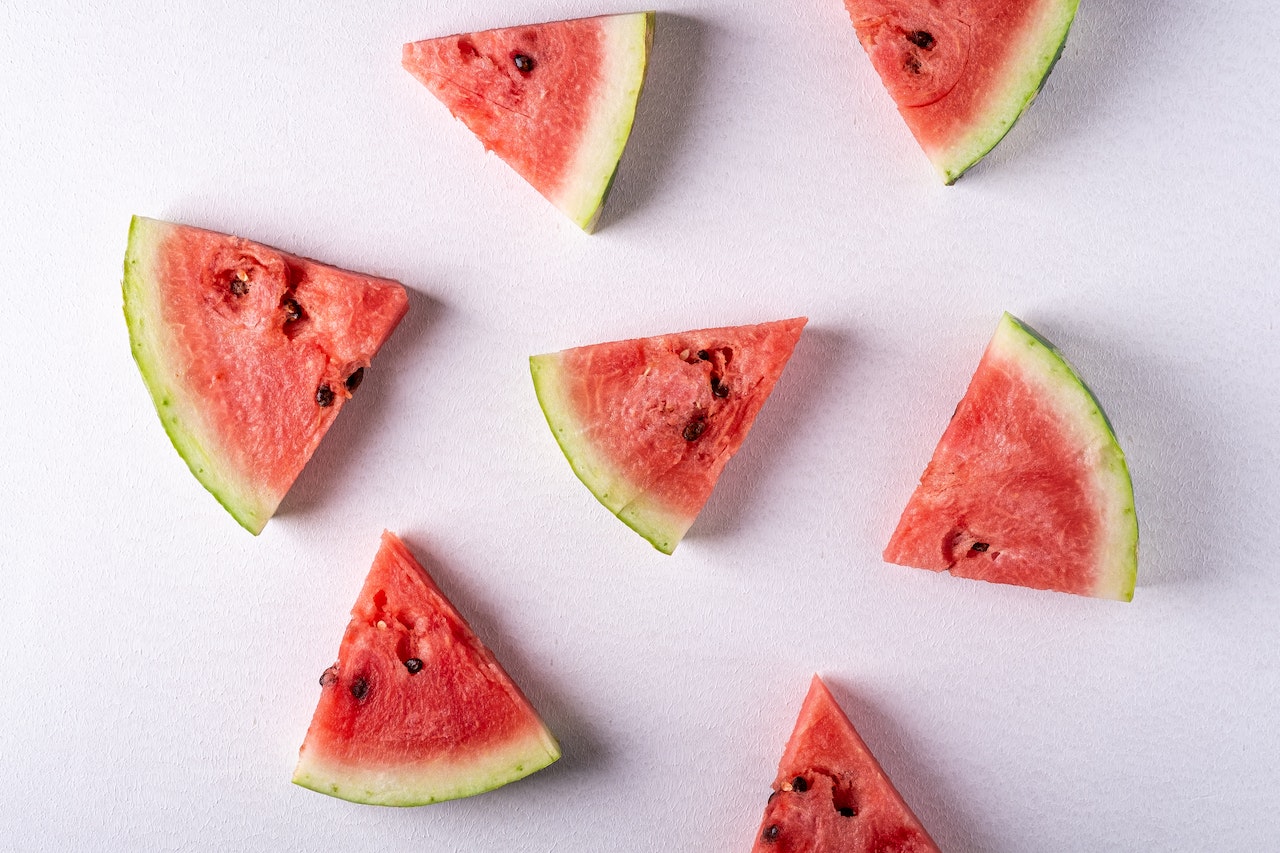
Remember: If it’s red, it probably has lycopene! Watermelons are no exception. Feasting on this delicious, juicy summertime favorite can give you a whopping 7 mg of lycopene per cup, plus lots of vitamin C. This fruit is low in calories and great for staying hydrated on hot days.
Many people enjoy watermelon as a healthy snack or dessert option, but you don’t have to stop there. This tasty fruit works great in savory recipes, too, breathing life into garden salads and Mediterranean feta on toast.
Many Indian recipes feature watermelon also. Did you know you can sauté watermelon chunks (cooking boosts lycopene) with garlic, turmeric and other spices for a mouthwatering curry? Creamy yogurt, watermelon and mint are another classic combination.
3. Red Bell Peppers
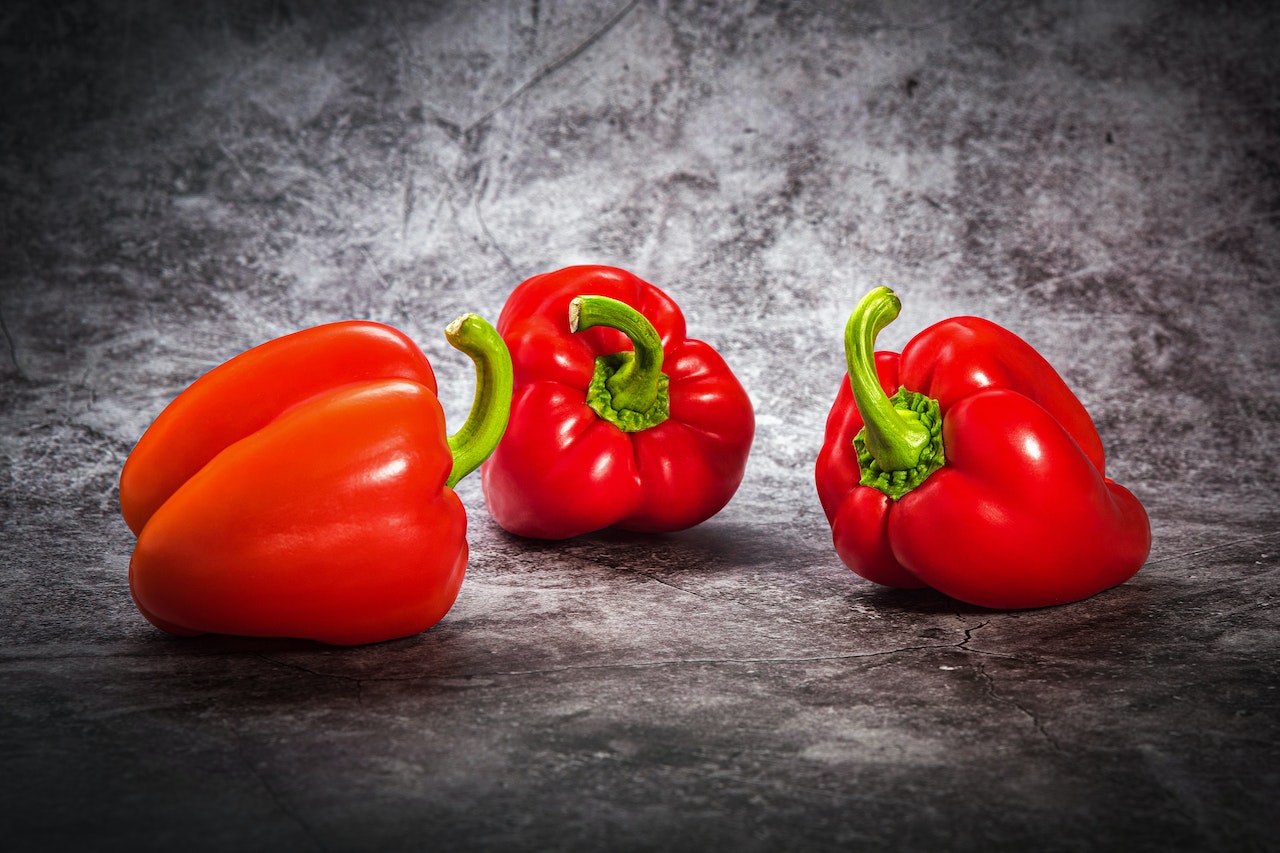
Red peppers aren’t exactly overflowing with lycopene, but they provide a decent amount. What makes them a great choice for your diet is how versatile they are for cooking. Pizza, fajitas, tacos, stir-fries, kebabs, burgers and salads barely scratch the surface of the possibilities!
4. Pink Guavas
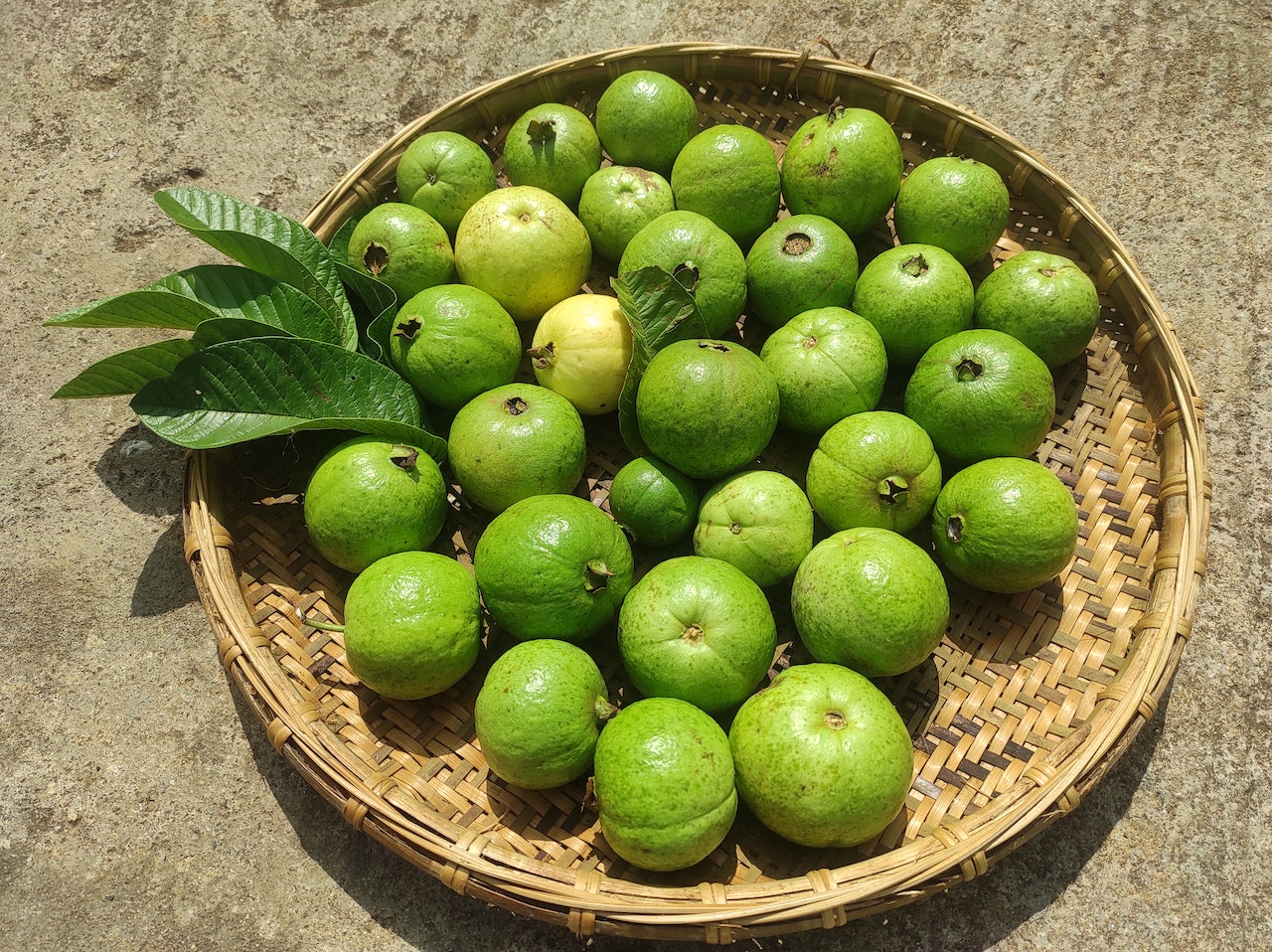
If you’ve never tried this marvelous, sweet fruit, you don’t know what you’ve been missing. It has a wonderful flavor similar to a combination of strawberries and pears. Even better, just one pink guava gives you over 5 mg of lycopene, which is more than fresh tomatoes.
Of course, not everyone has access to guava at their local farmers' market. If you live in a warmer state, such as Florida or California, you may have an easier time. Generally speaking, anywhere you can find papaya, you can also find guava. Another option is to buy unsweetened guava juice.
More Lycopene
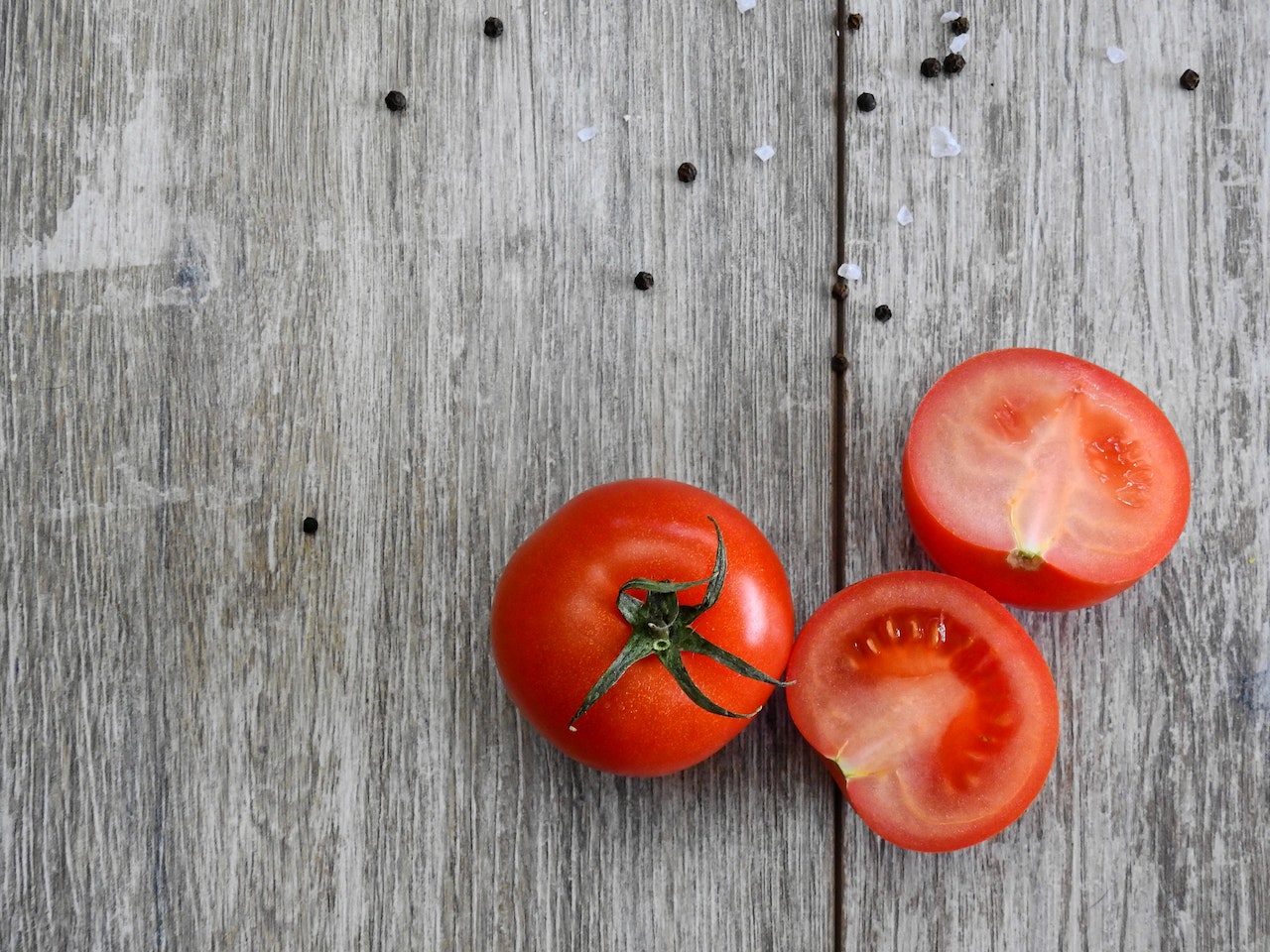
With so many benefits, it’s no surprise that some health professionals believe that making sure you’re getting enough lycopene probably helps you live longer. No wonder Italian grandmas with their fresh tomatoes live so long!

